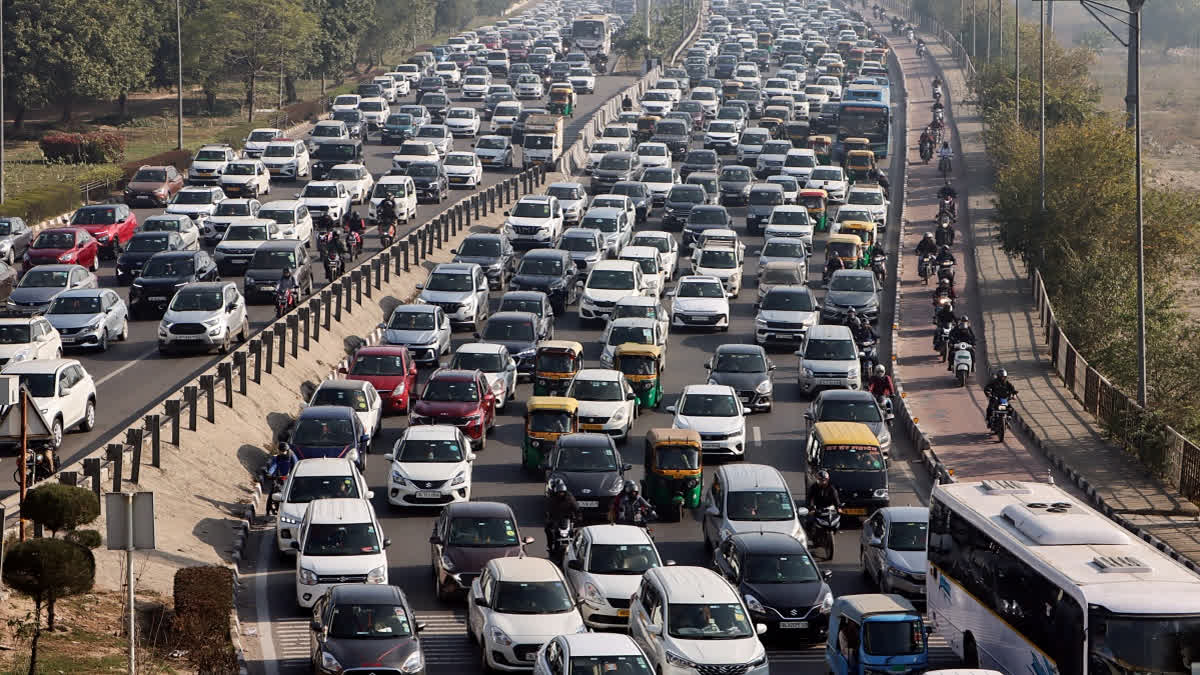A recently published Traffic Index ranking of 500 cities by the Dutch Location Technology Firm has identified Kolkata as the second slowest city in the world. Last year, the average travel time to cover a distance of 10 km in Kolkata was 34 minutes and 33 seconds.
Several other Indian cities including Bengaluru, Pune, Hyderabad and Chennai have featured in the list of congested cities. This hardly produces any surprise given India’s trends towards rapid urbanization. India has recorded a fourteenfold increase in urban population from 25.9 million in 1901 to 377.1 million in 2011. At the current growth rate, the urban population in India is projected to reach 870 million in 2050.
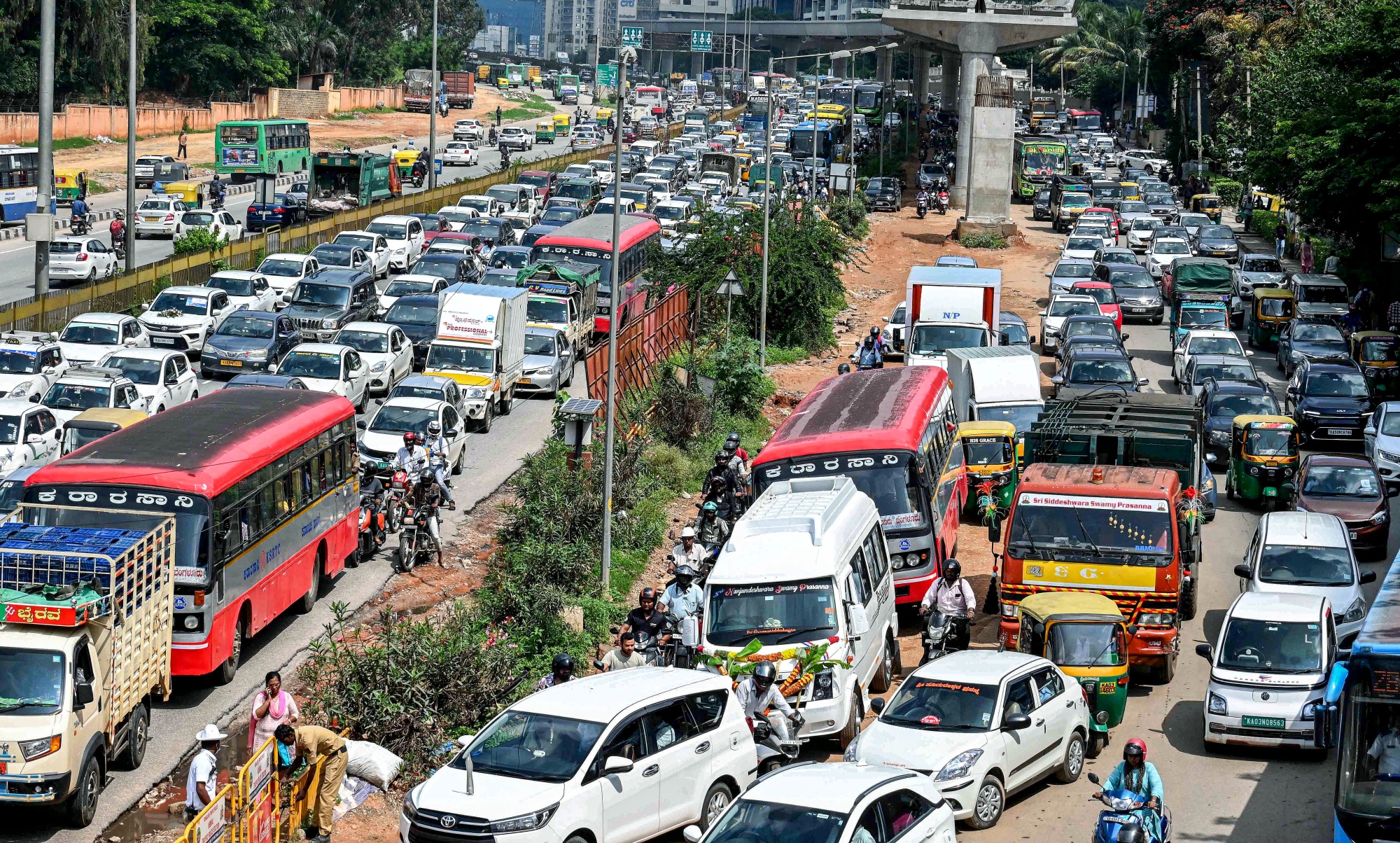
Grounding the Congestion Problem
As per the Road Transport Yearbook 2019-20, the number of registered motor vehicles per 1000 people has increased from 53 in 2001 to 246 in 2020. Motorized mode of transport (cars and two-wheelers) constitutes 85 percent of the total vehicles on roads. However, there are mismatches between transportation demand and supply in Indian cities. For example, in Delhi, 90 per cent of the road space is occupied by cars and two-wheelers, meeting not even 20 per cent of the travel demand.
The public transport system entails multiple benefits in terms of use of less road space, consumption of less fuel and less pollution per passenger. Yet, as per the NITI AAYOG 2018 report, India has only 1.2 buses per 1000 people which is far below the benchmarks for developing nations. Only 63 out of 458 Indian cities with populations exceeding 100,000 have a formal city bus system. Metro and suburban rail services operate in 13 and 9 cities, respectively. Inadequate public transport systems coupled with an increase in income levels have led to a rise in personalized transport. Intermediate public transport including auto rickshaws, taxis, and minibuses is bridging the transport supply gaps in the cities, especially the medium and smaller ones.
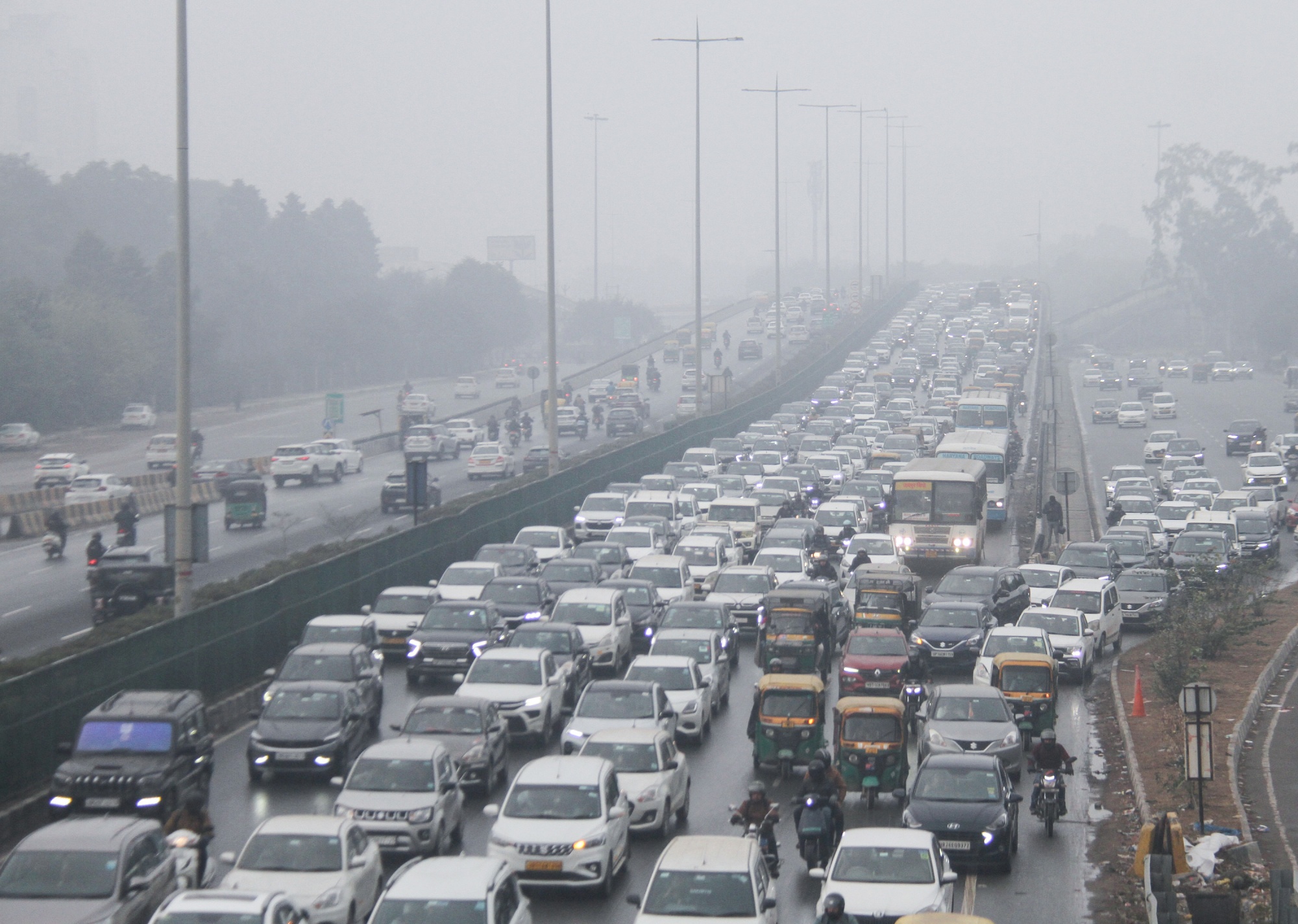
All these have compounded the problem of traffic congestion in our cities. The NITI AAYOG 2018 report notes that the average vehicle speed is as low as 17 km/hour in some of the Indian metro cities. City residents are normally forced to spend 1.3 to 1.6 times additional hours during peak traffic. Loss of time inflicts enormous loss of productivity in the cities. In four top metro cities of India, the annual economic loss of congestion was estimated to be about $ 22 billion in 2018. Adverse impacts of congestion go beyond such time and economic losses. An increase in commuting time and traffic jams imply higher emission of pollutants and greater health risks.
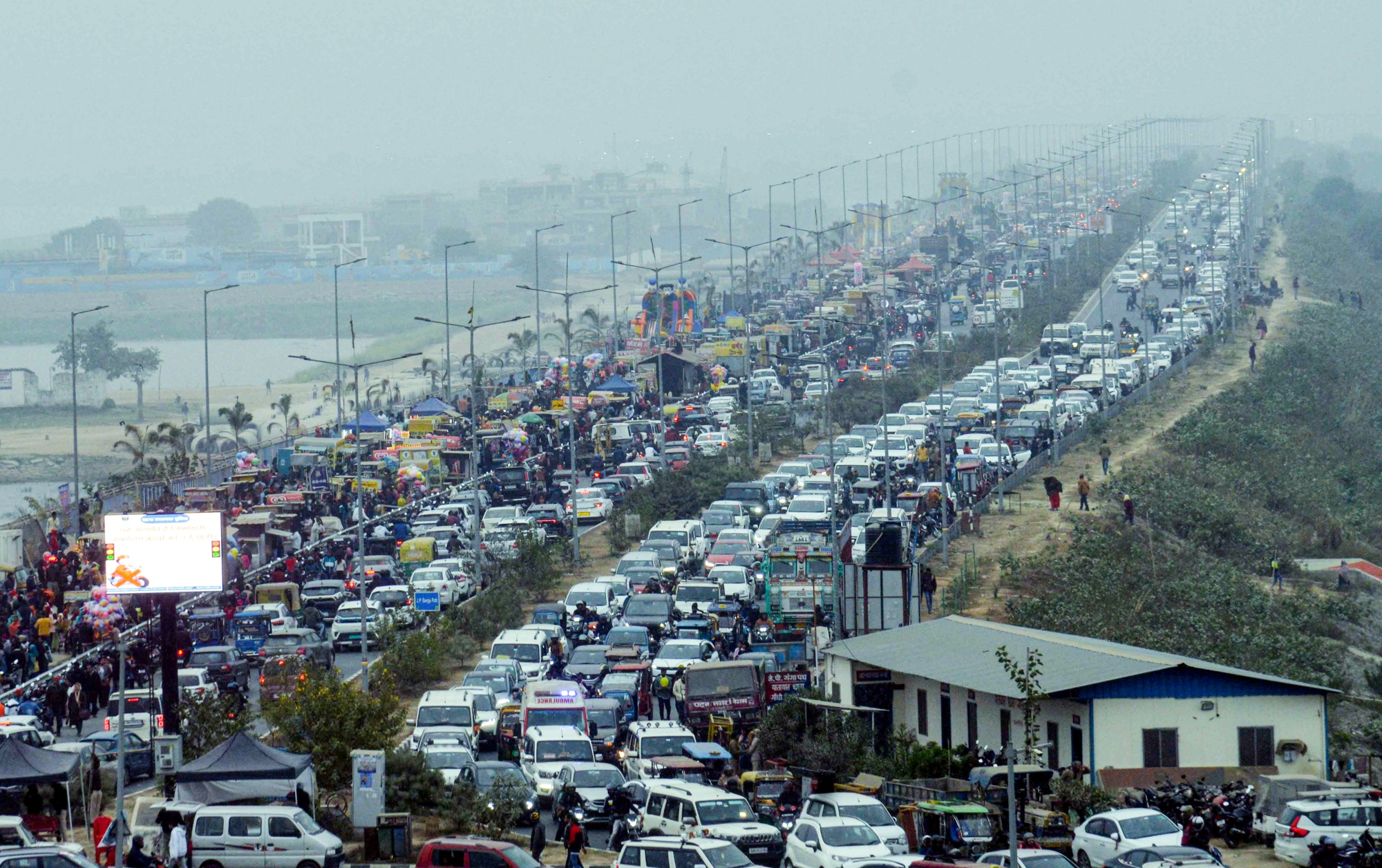
An NBER Working Paper (2018) on “Mobility and Congestion in Urban India” has analysed 22 million trips in 154 Indian cities and found that the traffic in Indian cities is in general slow even outside the peak hours. ‘Uncongested mobility’, i.e. the speed that vehicles can reach after negotiating with multiple on-roads obstructions, is a serious problem in many Indian cities. In New Delhi, the average traffic speed is about 15 km per hour which cannot be increased beyond 20 km per hour, even after reducing congestion. This can be attributed to poor road infrastructure and faulty design. Traffic in cities like Chandigarh with a more grid-like road network moves comparatively faster. The problem of slow traffic movement is more severe in non-metro cities as their available road networks are incapable of serving the rapidly increasing vehicular traffic. Urban poor are hard hit as they face difficulty in accessing and using available transport facilities, making the cities increasingly inequitable spaces.
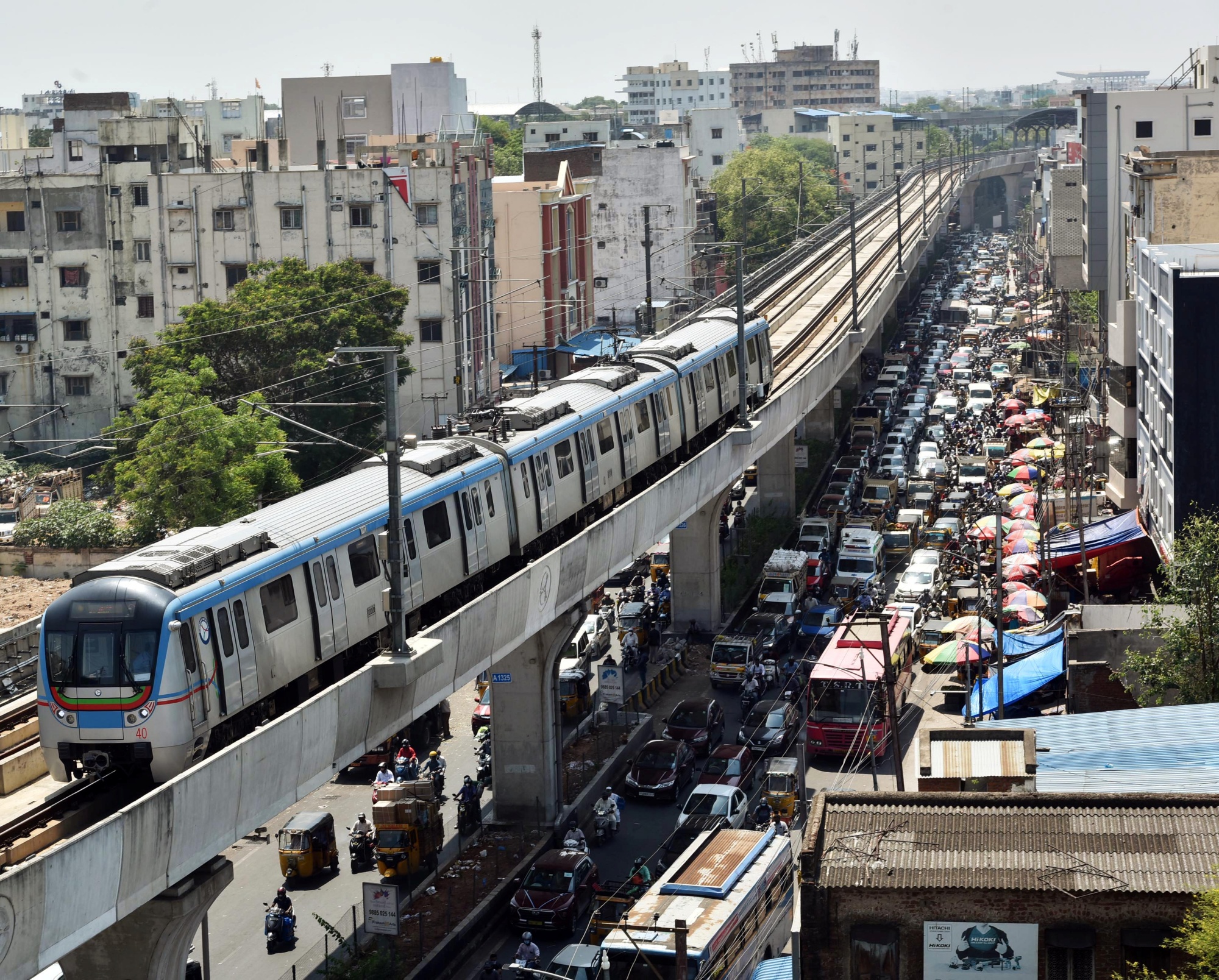
Addressing the Congestion Problem
It is not too late to reimagine the ways people move in the cities and accordingly rethink the policy options. This should start with strengthening public transport so that people’s dependence on private transport for intra-city movement is reduced. The convenience of passengers needs to be prioritized. It is imperative to improve last-mile connectivity and design transport services to cater to the differentiated needs of all people. Much-hyped metro services in many Indian cities suffer due to poor last-mile connectivity. Addressing the issues of safety and security is extremely important for achieving a gender-responsive public transport system.
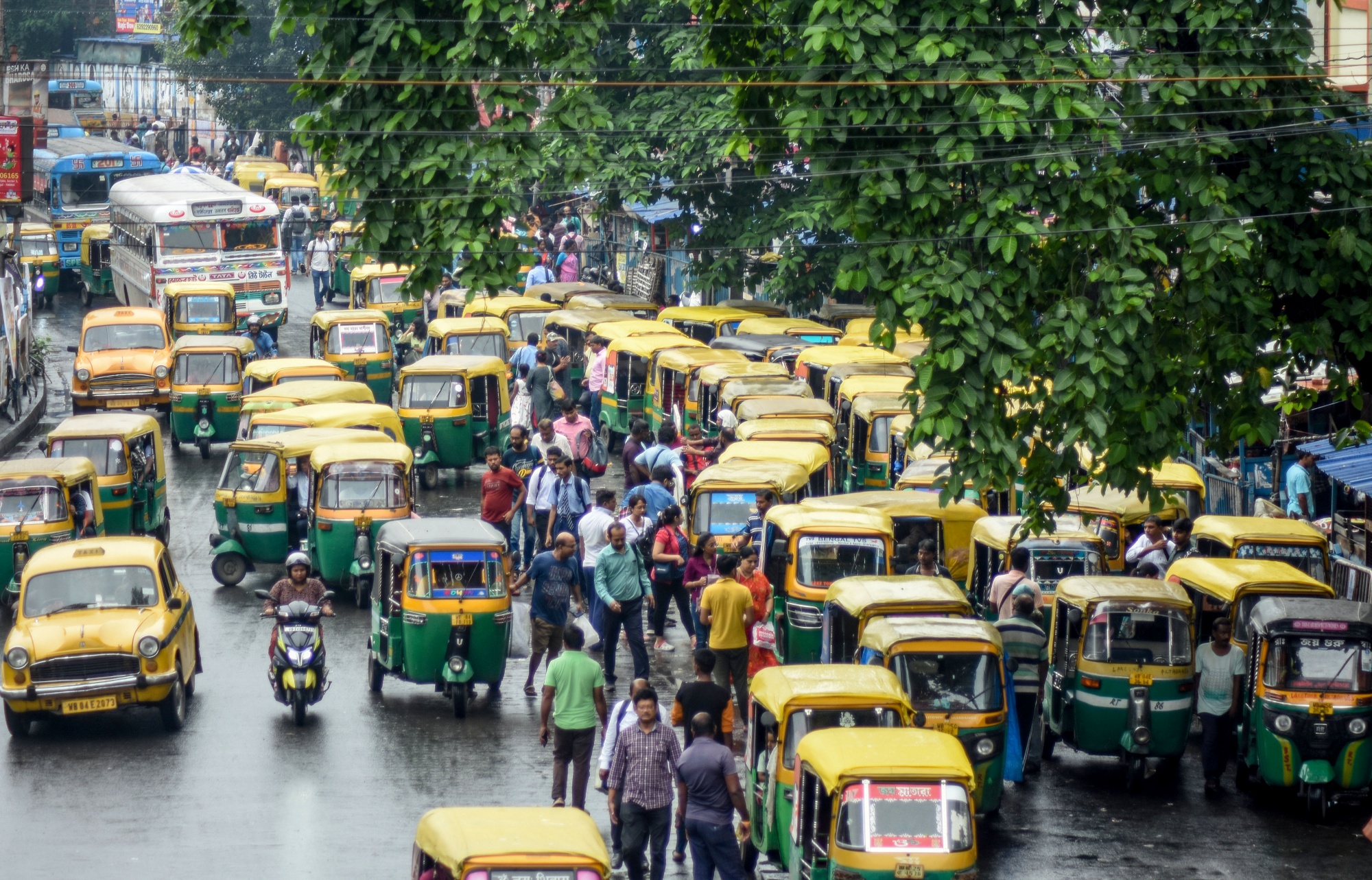
Promoting non-motorized transport, e.g. – walking and cycling, through the design of pedestrian and cycle-friendly infrastructures can incentivize people to opt for these sustainable transport options. This not only would make the traffic movement faster but also lower the chances of accidents. Augmenting public investment is necessary to improve the road infrastructure. Equally important is to identify the travel patterns in different parts of the city and across times of day within the same city. Policymakers need travel data to better the efficiency of the transportation network. Access to technology-based real-time travel data could be useful in managing congestion and enhancing mobility. For example, based on the analysis of the hour-wise average number of vehicles on some of the important roads, Kolkata Traffic Police has succeeded in refixing and automating the timing of traffic signals, resulting in a reduction in travel time by 13 minutes.
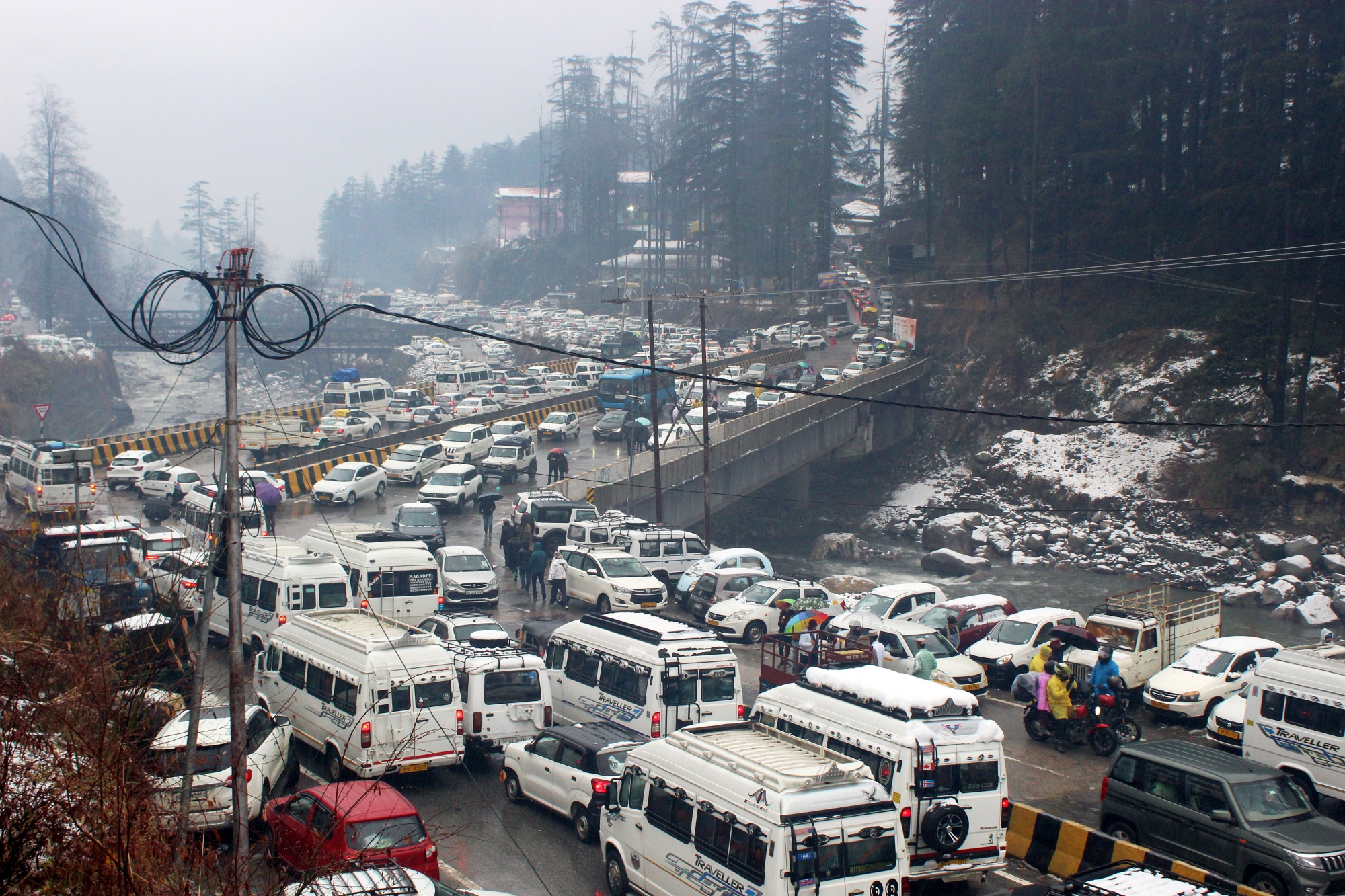
Finally, multiple transport service providers operate within a city. Well-coordinated efforts are needed to decide on the routes and fare structures along with a focus on integrated transport planning. This also necessitates the involvement of the users to design urban transportation systems that work for all.
Read More
